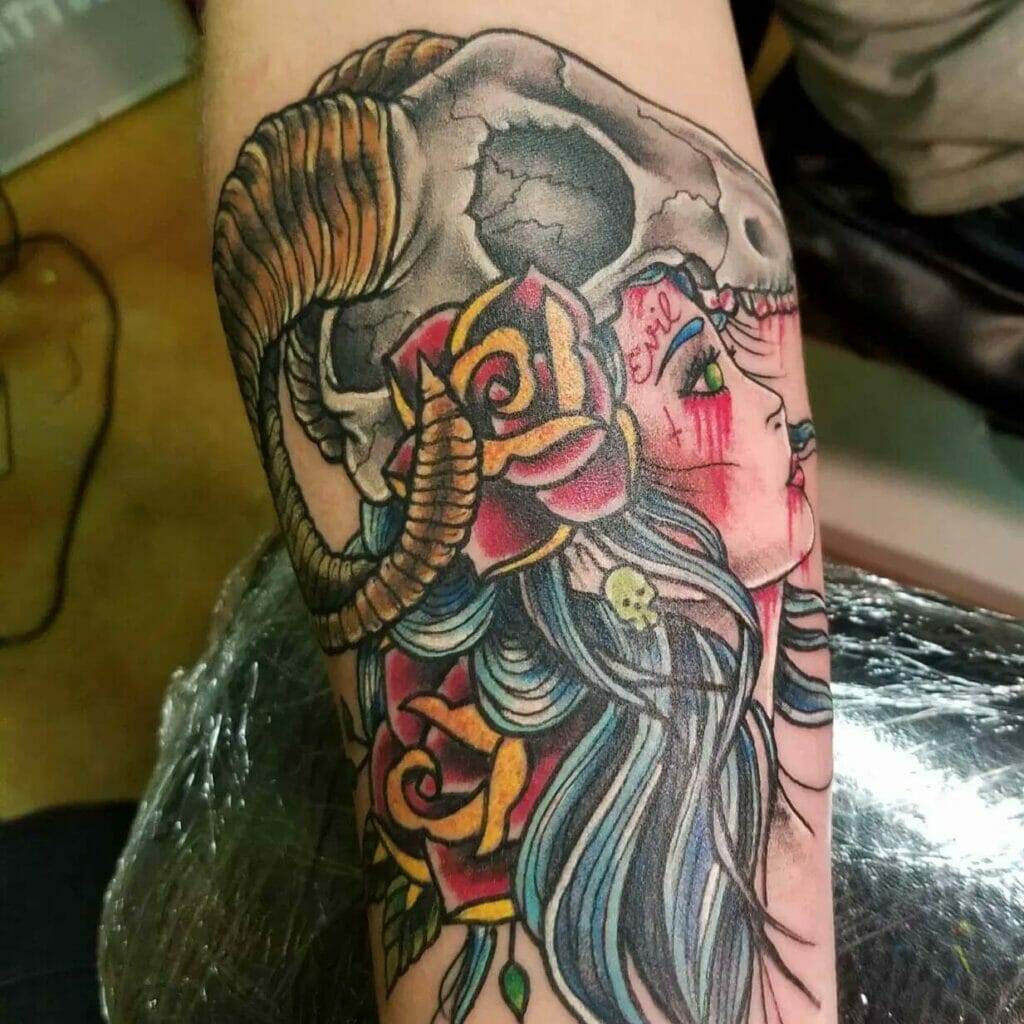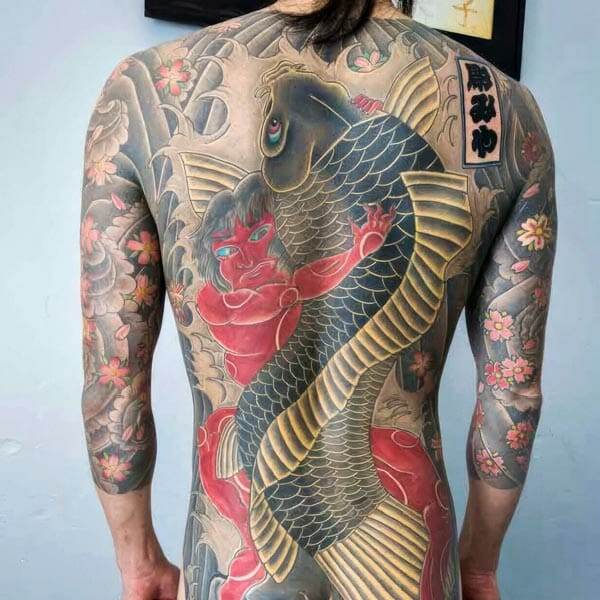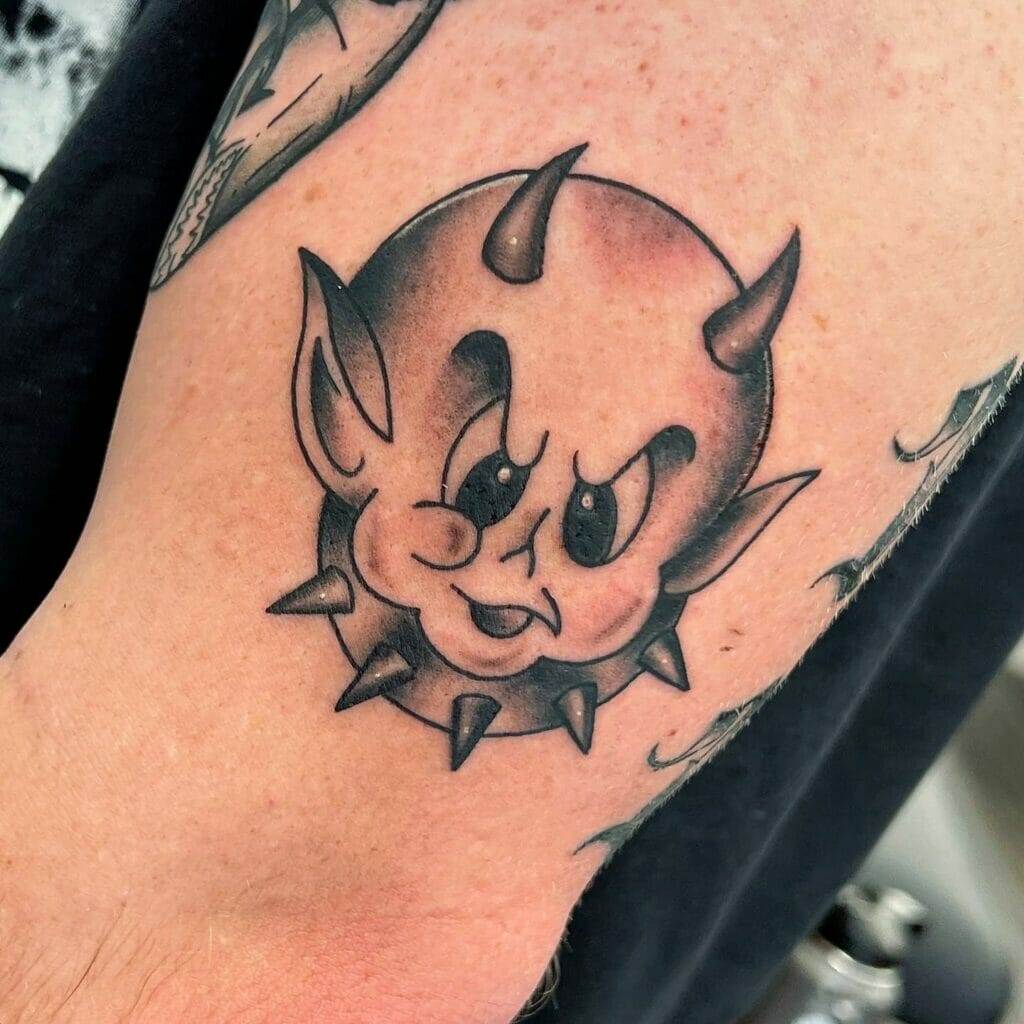Tattooing is an ancient art form that has been practiced by various cultures throughout history. From the earliest evidence of tattooing in ancient civilizations to its modern-day popularity, tattoos have played a significant role in personal expression, cultural identity, and artistic creativity. This article will explore the evolution of tattooing, from its origins in ancient cultures to its current status as a mainstream form of body art.
The Origins of Tattooing: Ancient Cultures and Traditions
The practice of tattooing dates back thousands of years, with the earliest evidence found on mummified bodies from ancient Egypt and Ötzi the Iceman, a well-preserved natural mummy from the Copper Age. These early tattoos were often simple designs made with natural pigments and served various purposes, such as marking social status, indicating tribal affiliation, or serving as protective symbols.
One of the most well-known cultures associated with tattooing is Polynesia. In Polynesian societies, tattoos held deep cultural and spiritual significance. They were used to mark important life events, such as coming of age ceremonies or marriage, and were believed to provide protection and guidance throughout one’s life. The intricate designs and patterns used in Polynesian tattoos were unique to each individual and often told a story about their personal journey.
Tattooing in the Middle Ages: Symbolism and Significance
During the Middle Ages in Europe, tattooing took on a different meaning and symbolism. Tattoos were often associated with criminality or deviant behavior and were used as a form of punishment for criminals. However, tattoos also held religious and spiritual significance during this time. Christian pilgrims would often get tattoos as a symbol of their devotion and as a way to commemorate their journey to holy sites.
In addition to religious symbolism, tattoos were also used to mark social status or profession. For example, knights would often have tattoos to signify their allegiance to a particular lord or kingdom. Similarly, sailors would get tattoos to mark their travels and experiences at sea.
Tattooing in the Renaissance: A New Era of Artistic Expression
The Renaissance period marked a shift in the perception of tattooing as an art form. With the revival of classical art and the emphasis on individualism, tattooing became a means of personal expression for the aristocracy and nobility. Tattooed individuals were seen as exotic and fashionable, and many aristocrats would get tattoos as a way to showcase their wealth and status.
The influence of Renaissance art can be seen in the designs and motifs used in tattoos during this time. Intricate floral patterns, mythological creatures, and biblical scenes were popular choices for tattoo designs. Tattoo artists also began to experiment with different techniques and pigments, creating more detailed and realistic tattoos.
Tattooing in the 19th Century: From Circus Freaks to Sailors
In the 19th century, tattooing took on a new role as a form of entertainment. Tattooed performers became popular attractions in circuses and sideshows, often referred to as “freak shows.” These performers would showcase their heavily tattooed bodies as a spectacle for audiences.
At the same time, tattoos continued to hold significance among sailors and seafarers. Sailors would often get tattoos to commemorate their travels, protect against bad luck, or identify themselves in case of shipwreck or death. The nautical theme became prevalent in tattoo designs during this time, with images of anchors, ships, and mermaids being popular choices.
The impact of colonialism also played a role in the spread of tattooing during this period. European explorers and colonizers encountered indigenous cultures that practiced tattooing, leading to the exchange of ideas and techniques.
Tattooing in the 20th Century: Rebellion and Counterculture

In the 20th century, tattoos became associated with rebellion and non-conformity. Tattooed individuals were often seen as outsiders or members of subcultures that rejected mainstream society. Bikers, punks, and other countercultural groups embraced tattoos as a form of self-expression and as a way to differentiate themselves from the norm.
Tattooing also began to influence fashion and popular culture during this time. Celebrities and musicians started getting tattoos, which further popularized the art form. Tattooed models and actors became more prevalent in the media, challenging traditional beauty standards and promoting body positivity.
The Rise of Modern Tattooing: From Traditional to Contemporary Styles
The 20th century also saw significant advancements in tattooing techniques and equipment. The invention of the electric tattoo machine revolutionized the industry, making it faster and more efficient. This led to the rise of traditional tattoo styles, such as American Traditional and Japanese Traditional, which are characterized by bold lines, vibrant colors, and iconic imagery.
In recent years, there has been a surge in popularity for more contemporary tattoo styles, such as realism and watercolor. Realism tattoos aim to replicate photographs or images with incredible detail and precision. Watercolor tattoos, on the other hand, mimic the appearance of watercolor paintings with soft edges and vibrant colors.
The advent of social media has also played a significant role in the popularity of tattooing. Platforms like Instagram have allowed tattoo artists to showcase their work to a global audience, leading to increased visibility and recognition for their craft.
Tattooing in Pop Culture: Celebrity Ink and Mainstream Acceptance
Celebrities have had a significant influence on tattoo trends throughout history. From rock stars like David Bowie and Johnny Depp to athletes like David Beckham and LeBron James, celebrities have used tattoos as a means of self-expression and personal storytelling. Their tattoos often become iconic symbols associated with their image and persona.
In recent years, tattoos have become more accepted in mainstream society. Many workplaces have relaxed their dress code policies regarding visible tattoos, and tattoos are now seen as a form of personal expression rather than a sign of deviance. The fashion and beauty industries have also embraced tattoos, with designers incorporating tattoo-inspired designs into their collections and beauty brands launching temporary tattoo products.
The Future of Tattooing: Technological Advancements and Sustainability
The future of tattooing holds exciting possibilities with the integration of technology. 3D printing has already been used to create custom tattoo machines and tattoo needles, allowing for more precise and efficient tattooing. Augmented reality has also been explored as a way to preview and visualize tattoos on the body before getting inked.
Sustainability is another important aspect of the future of tattooing. With the increasing demand for tattoos, there is a need for sustainable practices in the industry. This includes using eco-friendly pigments, reducing waste, and promoting ethical sourcing of materials.
There is also potential for new tattooing techniques and styles to emerge in the future. As technology continues to advance, artists may explore new ways to create unique and innovative designs. The possibilities are endless, and the future of tattooing is sure to be filled with creativity and innovation.
Cultural Appropriation and Tattooing: A Complex Debate
The issue of cultural appropriation in tattooing is a complex and controversial topic. Cultural appropriation refers to the adoption or use of elements from another culture without understanding or respecting its cultural significance. In the context of tattooing, this can involve using sacred symbols or designs from indigenous cultures without proper understanding or permission.
It is important for tattoo artists to be aware of the cultural significance behind certain symbols or designs and to approach them with respect and sensitivity. Tattoo artists have a responsibility to educate their clients about cultural appropriation and to ensure that they are making informed decisions about their tattoos.

The Enduring Power of Tattoos Throughout History
Throughout history, tattoos have held significant meaning and symbolism in various cultures and time periods. From ancient civilizations to modern-day society, tattoos have served as a form of personal expression, cultural identity, and artistic creativity.
The future of tattooing holds exciting possibilities with advancements in technology and a growing emphasis on sustainability. However, it is crucial to approach tattooing with respect and cultural sensitivity to avoid appropriating or disrespecting the traditions and symbols of other cultures.
Tattoos have become more accepted in mainstream society, thanks in part to the influence of celebrities and the fashion and beauty industries. They have become a means of self-expression and personal storytelling, allowing individuals to showcase their identity and experiences.
As we move forward, the art of tattooing will continue to evolve and adapt to new trends and technologies. However, the enduring power of tattoos as a form of personal expression and cultural practice will remain constant.



